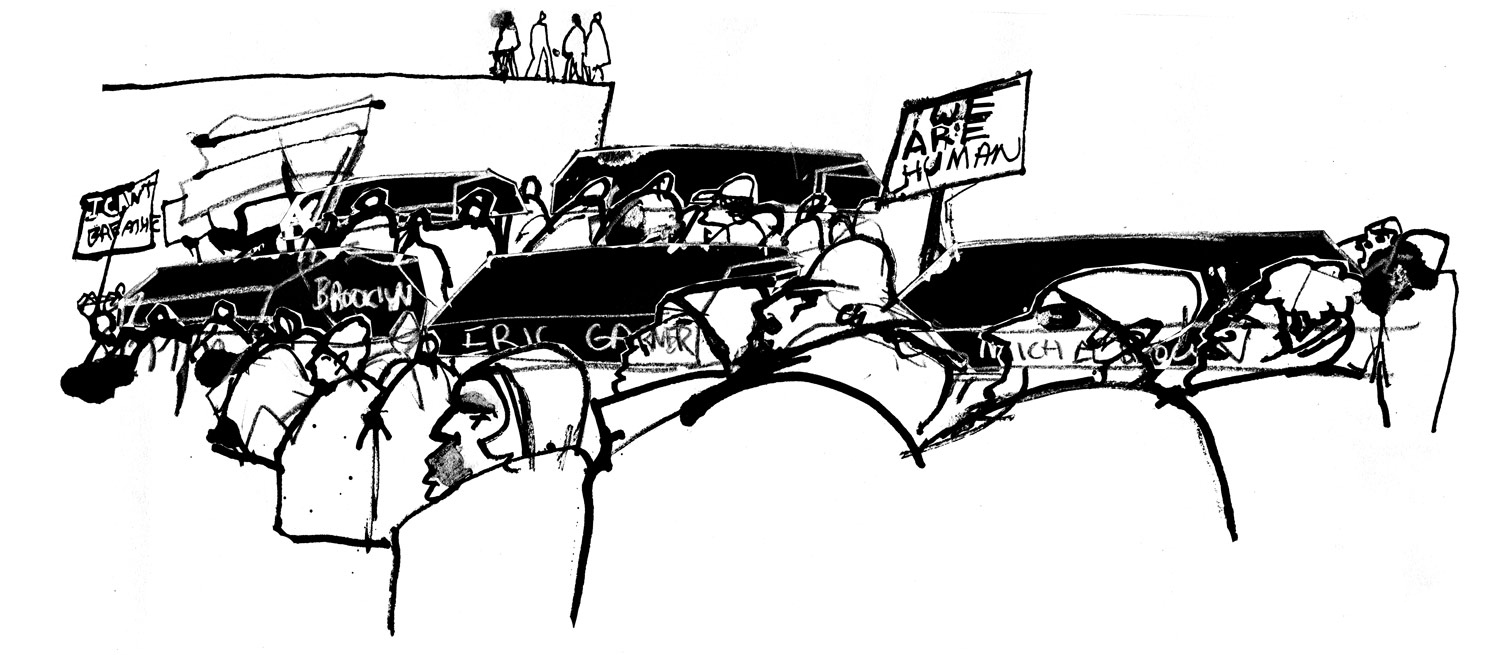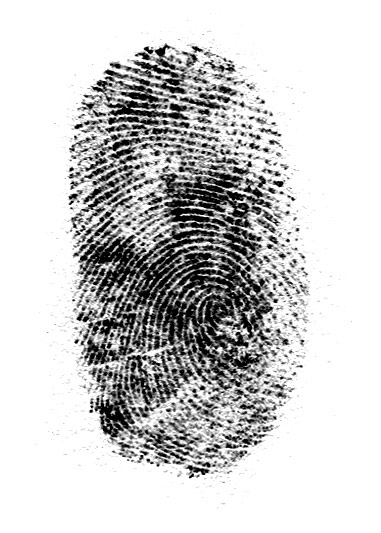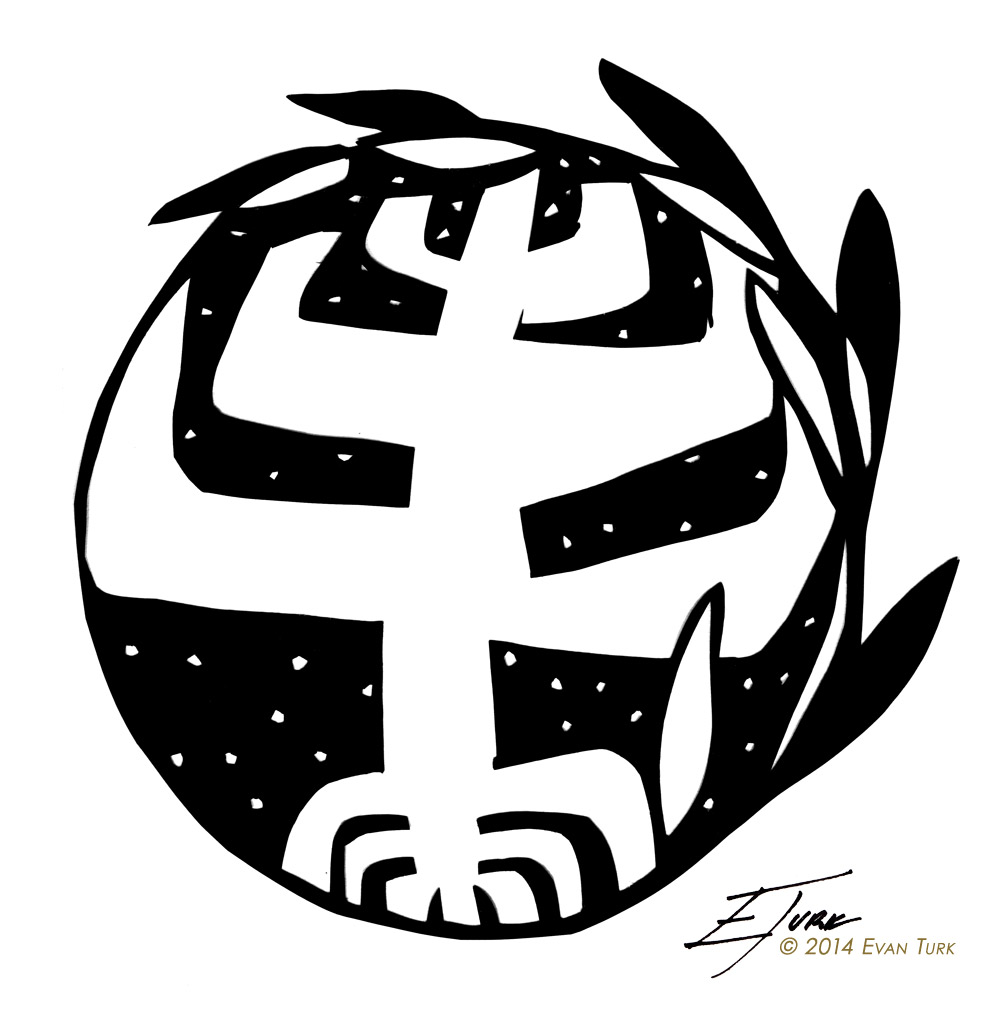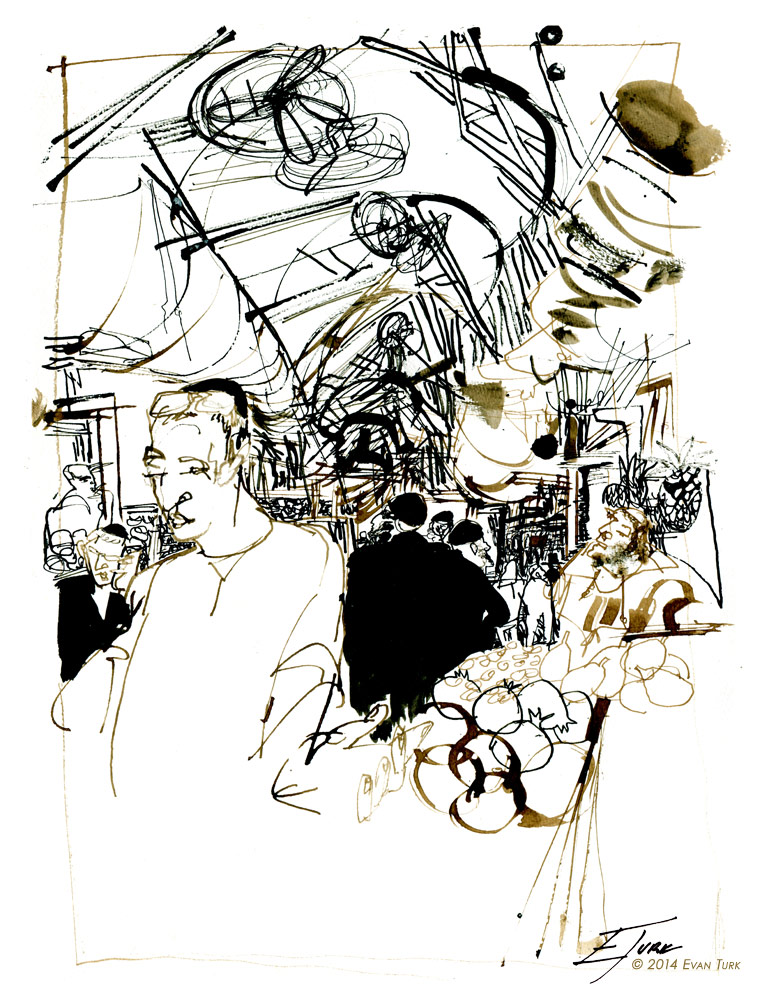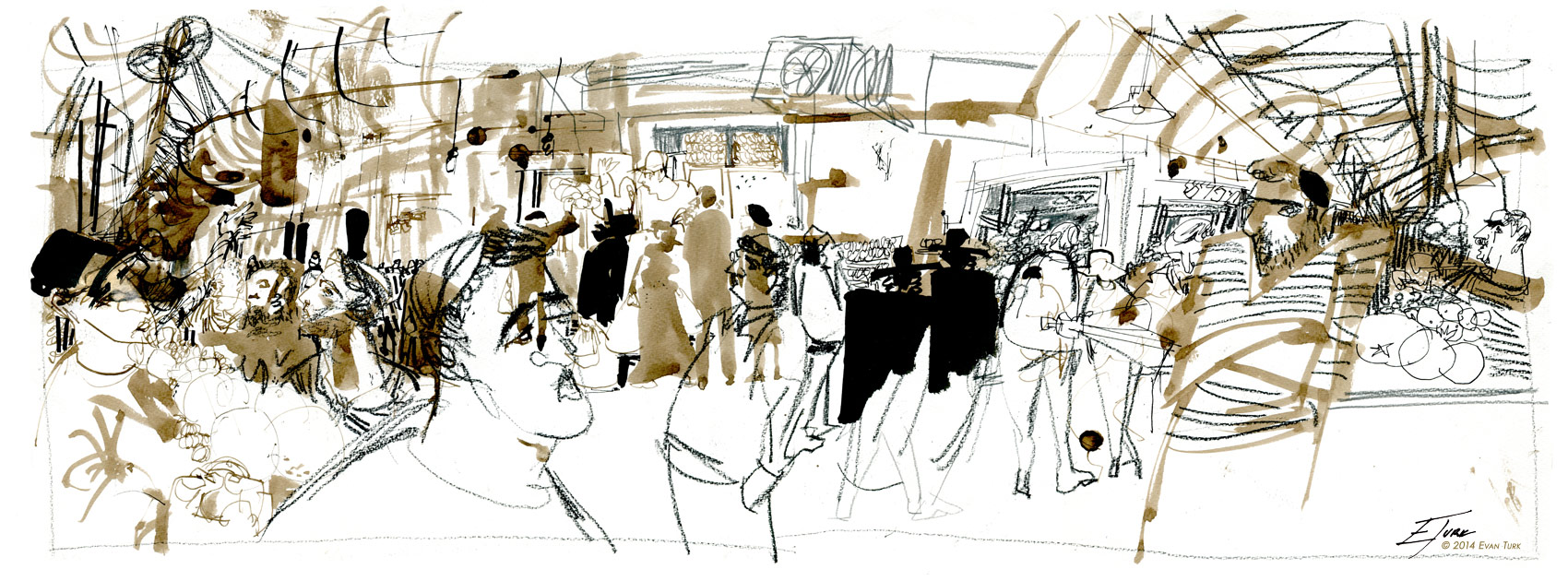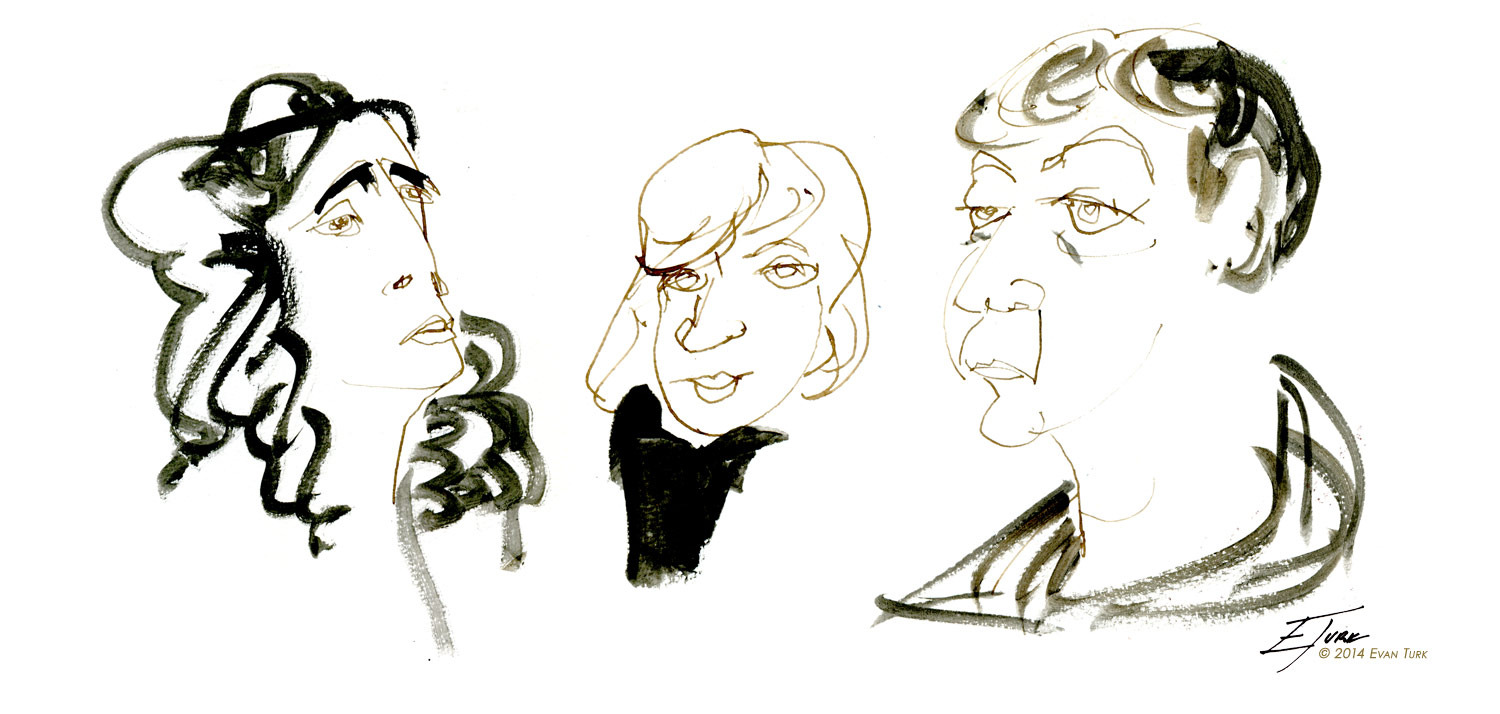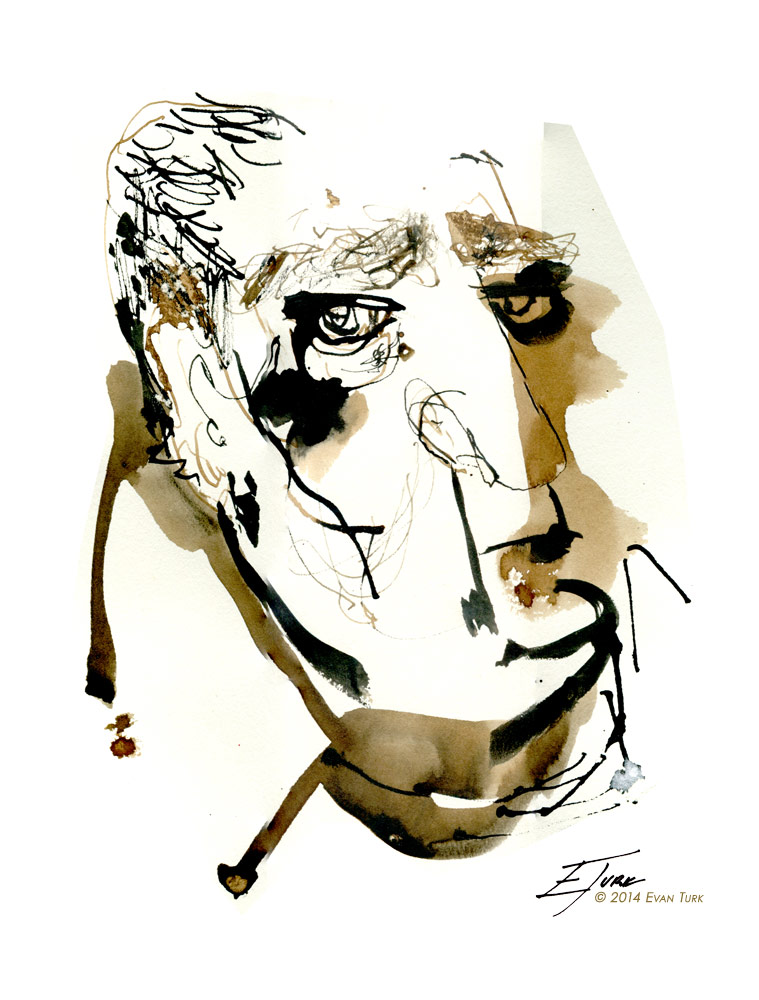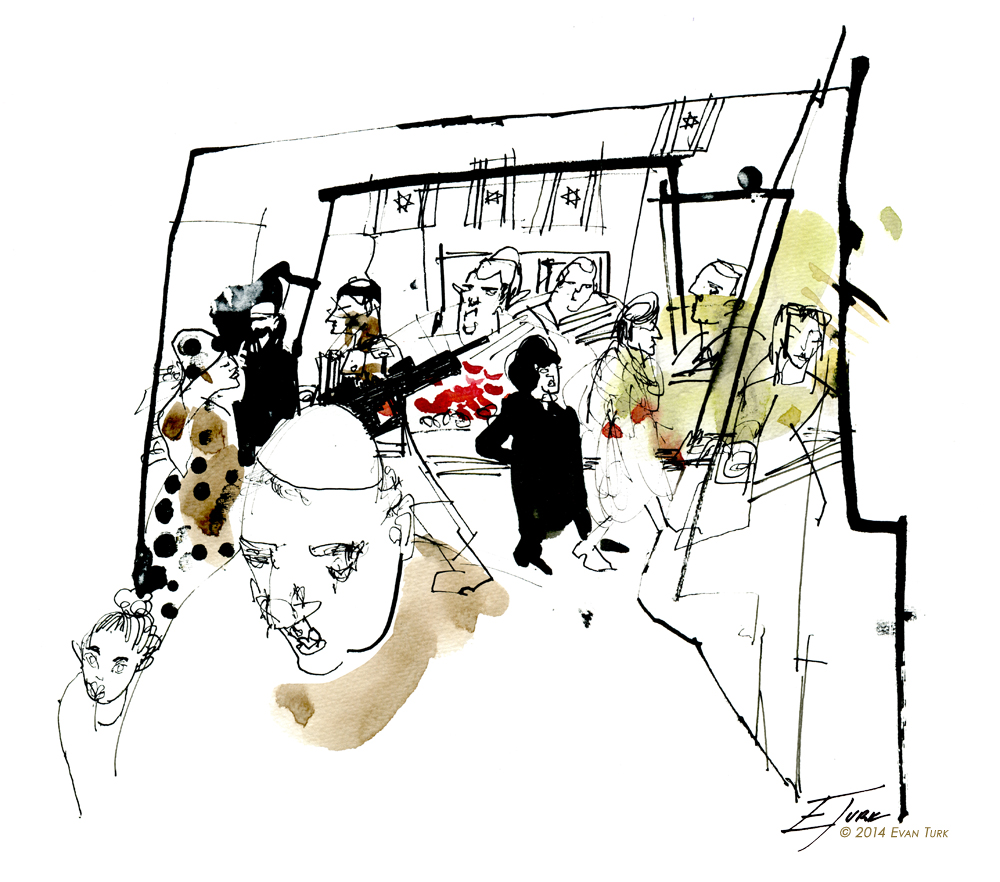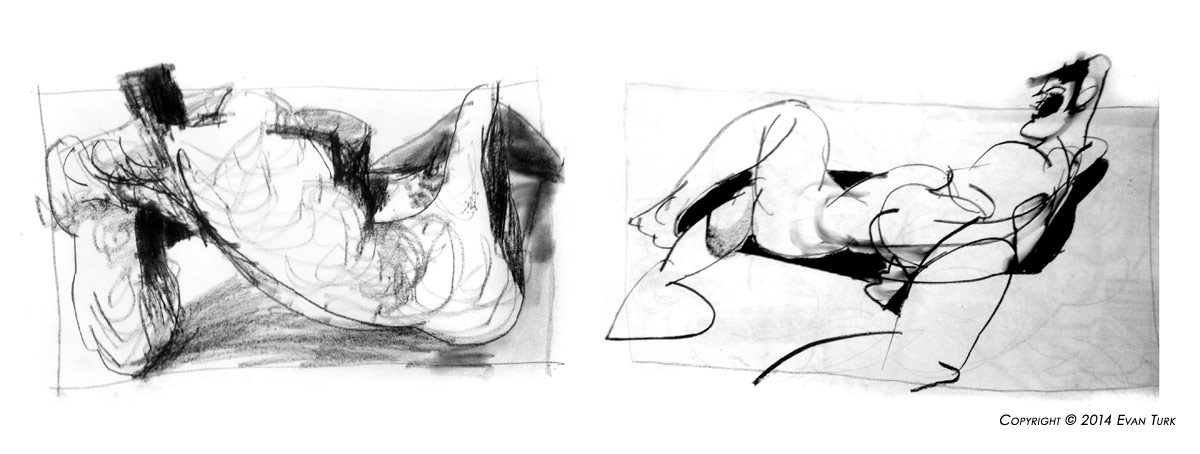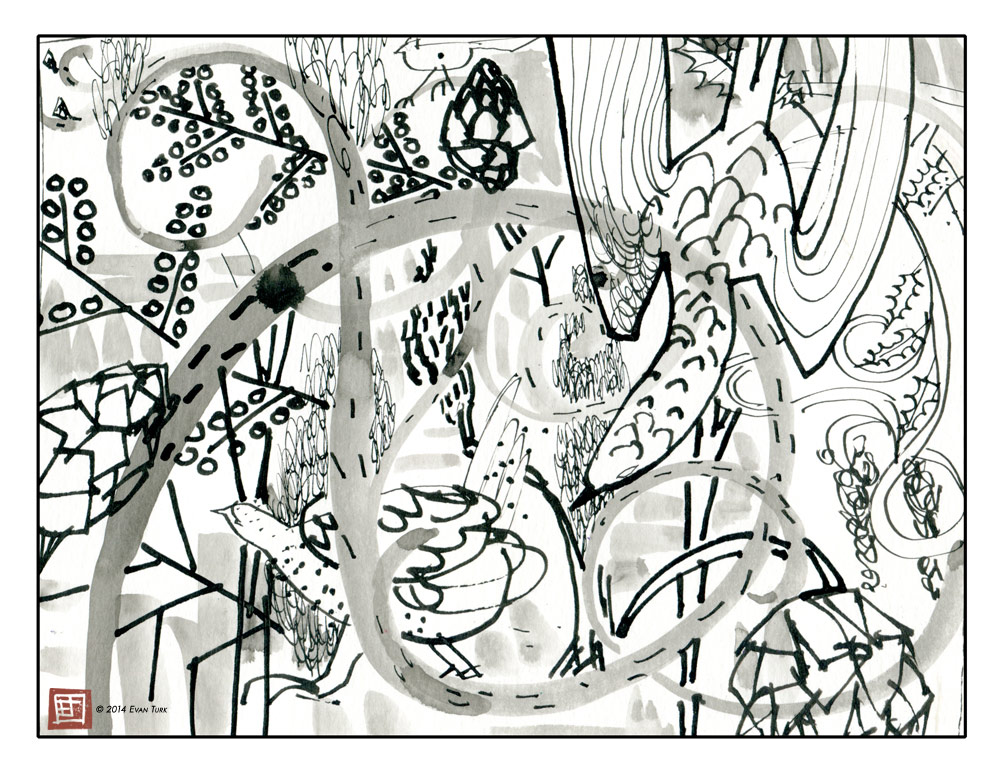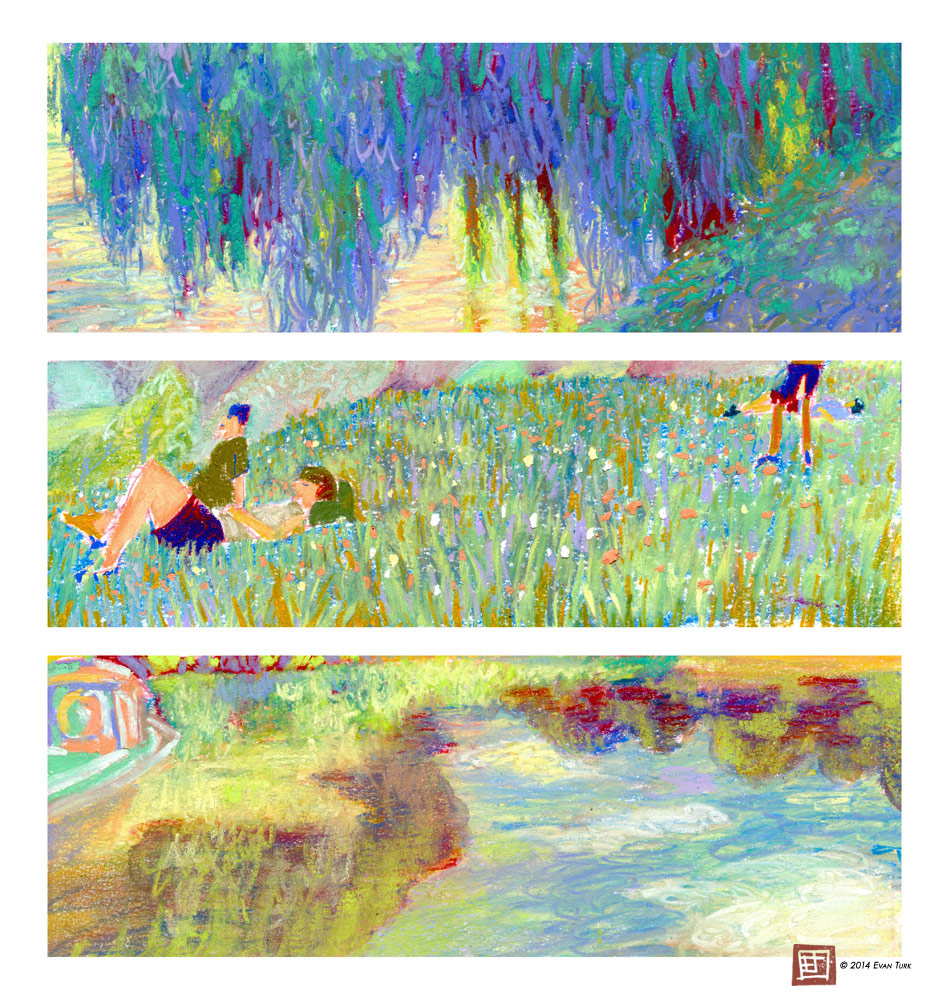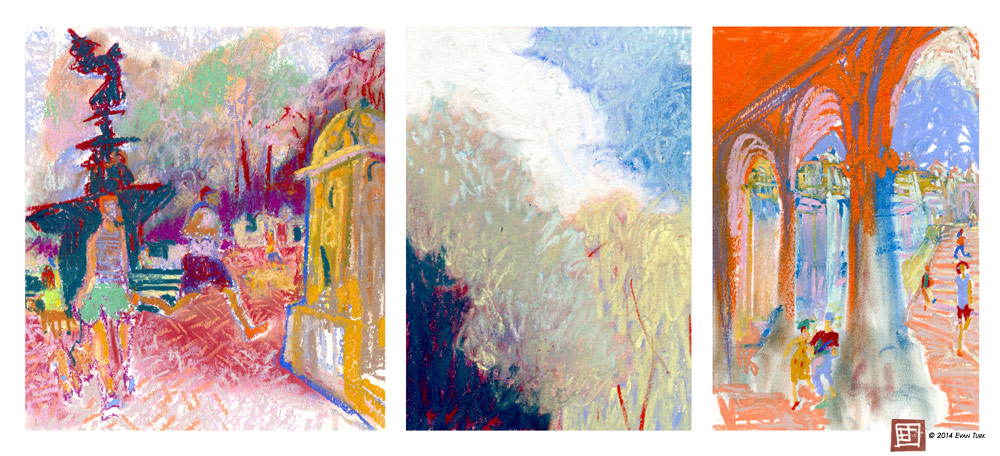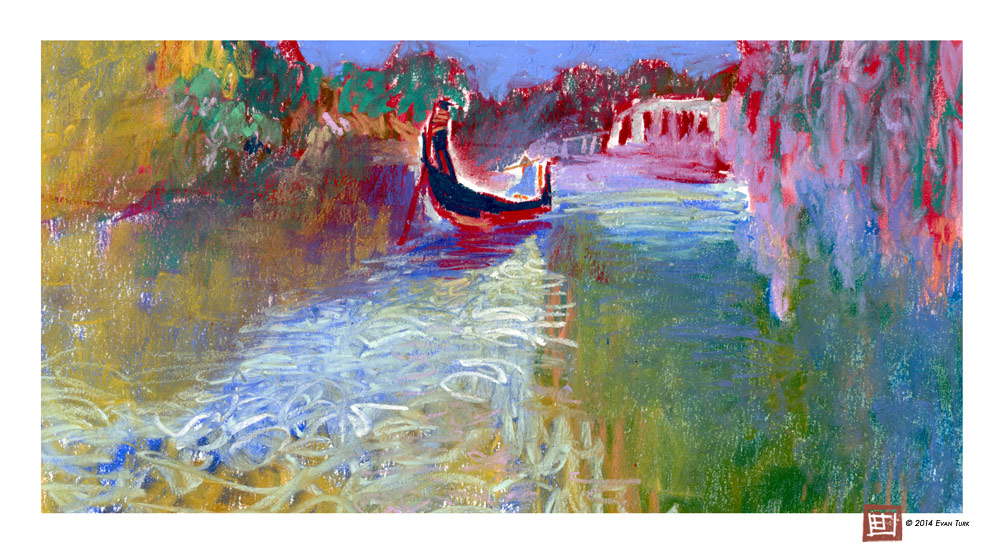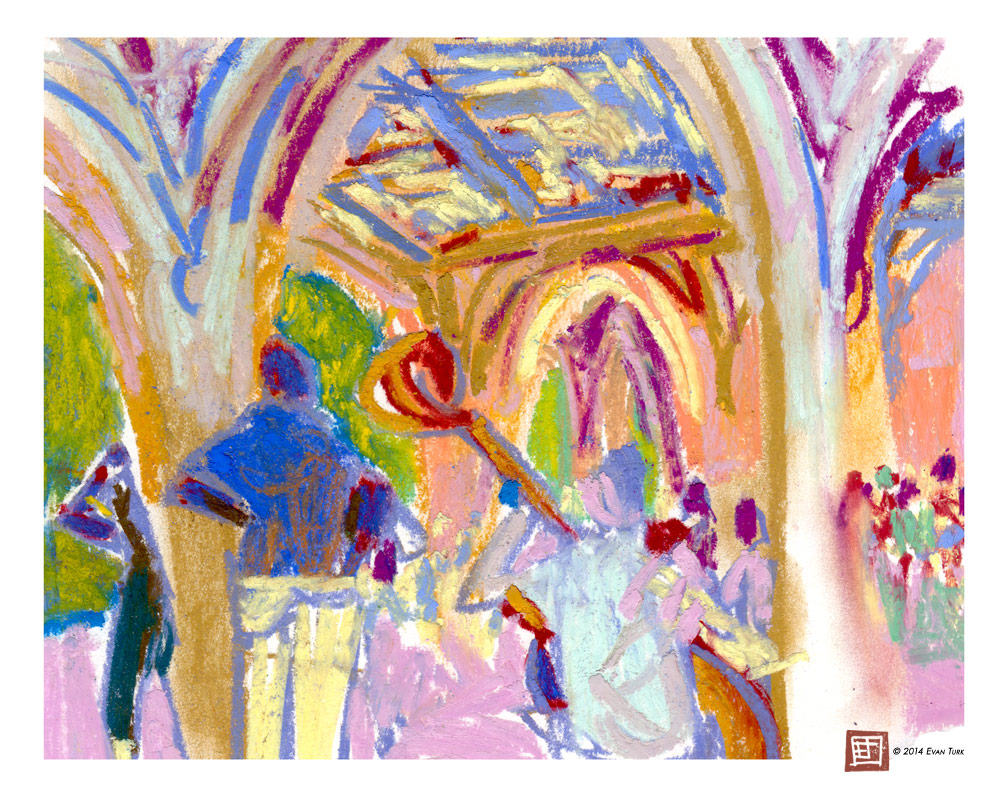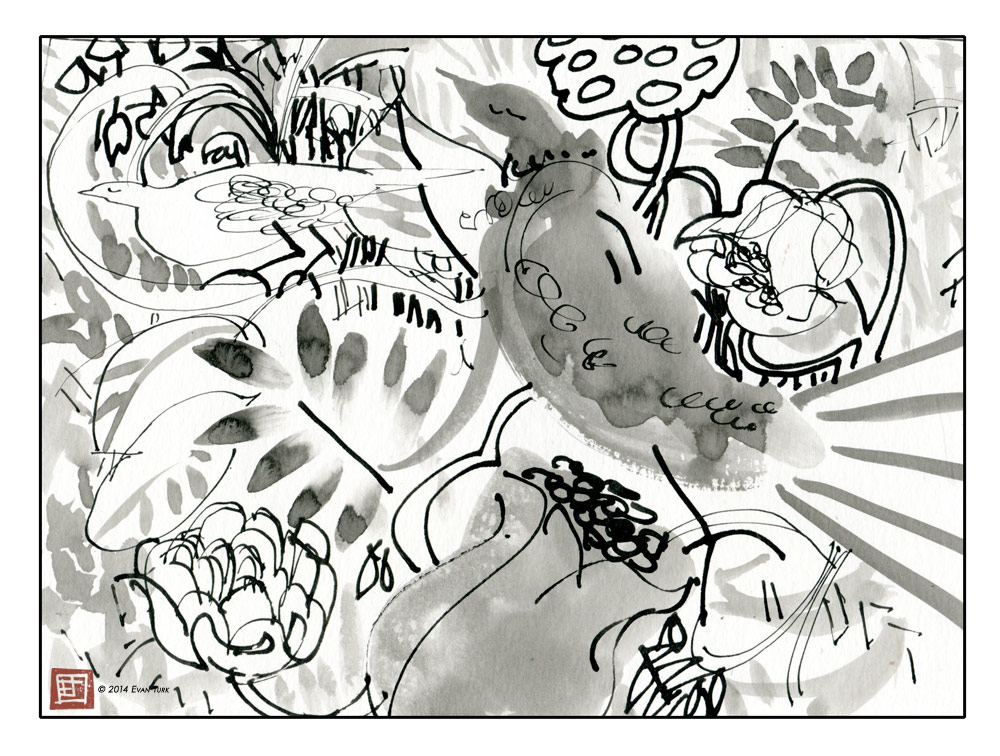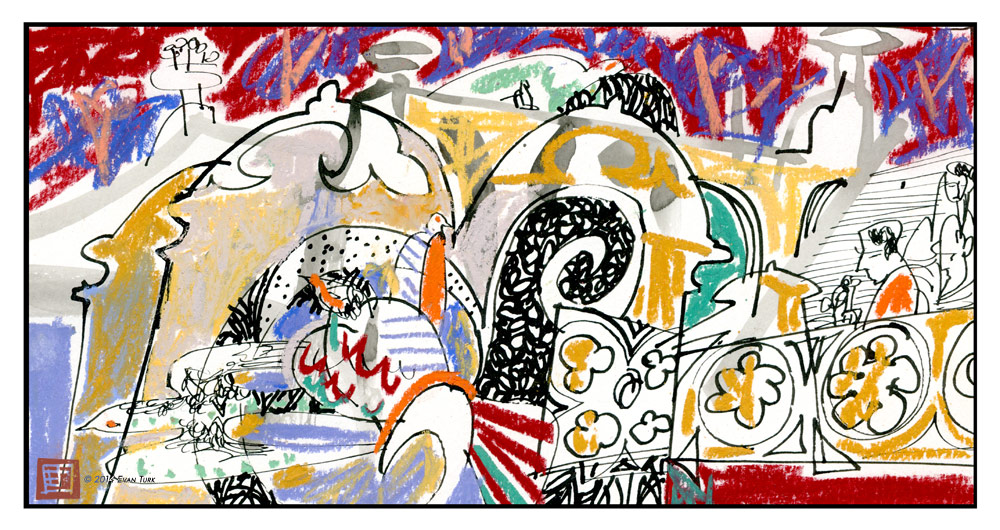They stood surrounded by monuments to justice in Foley Square in Lower Manhattan. The crowds gathered and grew to vent their frustration, confusion, disappointment, and anger. The appalling decision on Wednesday not to indict the police officer responsible for killing the unarmed black man, Eric Garner, in Staten Island, reignited the spark from the similarly disappointing decision in Ferguson, MO. The officer who killed Michael Brown, another unarmed black man, also walked free without an indictment from the grand jury.

The police presence was immense and intimidating. They stood like a wall, diverting the bubbling river of protesters through the streets and across the bridges of the city.
In the recent months, social media has become full of #hashtag activism to call attention to racial disparities, especially in their dealings with the police.
#HandsUpDontShoot, recalling the surrender by Michael Brown that witnesses described before he was killed.
#ICantBreathe, echoing Eric Garner’s last words before he was killed by police.
#BlackLivesMatter, the phrase that New York Mayor Bill De Blasio lamented “should never have to be said”, but still does need to be said, because black lives are frequently undervalued by the law.
#CrimingWhileWhite and #LivingWhileBlack try to highlight specific instances of how black citizens are treated by law enforcement compared to white citizens. White people committing actual crimes are ignored, while black people minding their own business are hassled, arrested, and sometimes killed. (Although this has been criticized for focusing too much on white stories in the talks about racism.)
While I may not love Twitter and Facebook, I can’t deny that these platforms have opened up discussions on race in way that allows the privileged to see a small piece of what minorities endure on a daily basis, myself included.
I noticed a black family next to me as the coffins passed, with a young boy, about twelve years old, chanting along with his parents. Hopefully it is empowering and maybe as he grows he will know that he does not deserve the burdens of racism he is forced to carry.
It reminded me of another popular hashtag this summer within the children’s publishing community, #WeNeedDiverseBooks. (You can read more about it here) It is a call on publishers, editors, authors, and illustrators to show a more diverse world in books for children, to reflect the world we live in.
My friends Carly Larsson and Audrey Hawkins also reportaged the protest.
You can see their drawings here:
Audrey Hawkins
Carly Larsson
You can see their drawings here:
Audrey Hawkins
Carly Larsson




